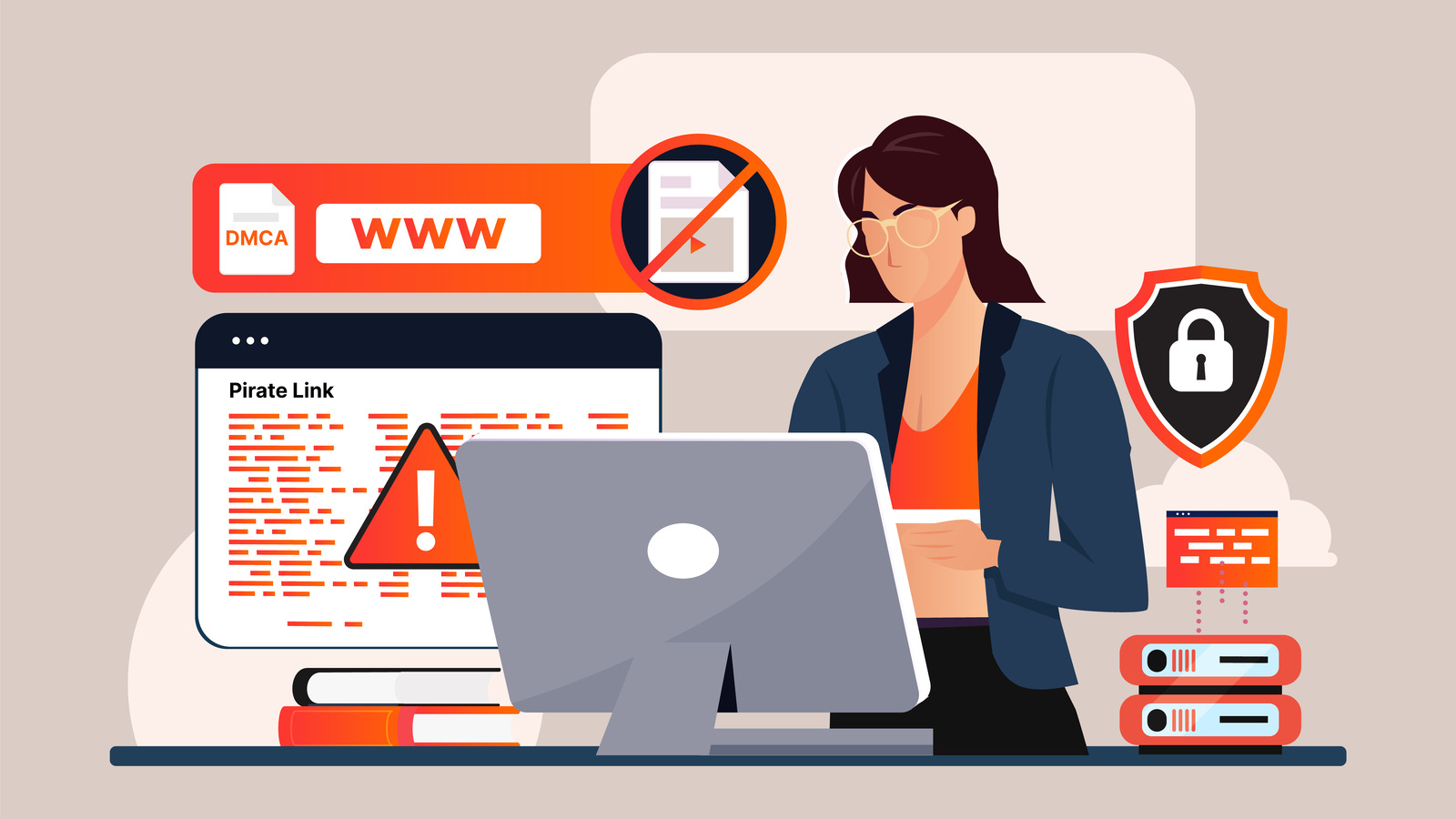When your meticulously crafted video, photo collection, or entire virtual class surfaces on an unauthorized website, it’s akin to an alarm bell ringing at the security desk. Each moment it remains on the illegal site, it’s chipping away at your hard-earned revenue. Worse, it tarnishes your brand’s reputation. Viewers, who stumble upon your content for free, seldom return to pay for it. The illegal copy might even outrank your official channel in search engine results. Prompt and effective removal of this stolen content ensures the security of your income, preserves your SEO standing, and sends an unequivocal message that you safeguard your copyright.
Many contemporary content creators find themselves juggling multiple distribution platforms, affiliate partners, and cloud storage services. At every point of transfer, there is a risk of a leak. Being aware of these vulnerabilities allows you to strengthen your defenses. However, even the most robust security measures can’t deter every single leak. This is where a swift counter-attack becomes your second line of defense.
Submitting a well-structured notice is a crucial step in this process. Mistakes can lead to delays, or even outright dismissal. Independent creators can usually manage a handful of takedown notices each month, but extensive libraries can lead to a proliferation of mirror sites. In such cases, outsourcing to a specialized service can be a game-changer.
An ideal service provider will not just react to your notices but also proactively monitor potential threats. It’s vital to choose a provider that respects creator privacy. The true measure of success isn’t merely the removal of stolen links, but the preservation of your revenue. Keeping an eye on metrics like the speed of takedown and its impact on revenue trends can justify ongoing investment in your anti-piracy strategy.
Concerns about filing a DMCA notice impacting your rapport with fans might arise. However, genuine fans comprehend the need to protect content creators; most of them will never see the notice, as it is targeted at the host, not the end-users.
Non-compliance from sites hosted in countries like Russia or China can be an issue. However, pairing a takedown notice with a de-index request can effectively curb most traffic. Persistent non-US hosts often comply when their upstream carrier receives a DMCA.
You might wonder if litigation against the infringer for damages is a possibility. While it is, litigation can be a costly process. For many creators, swift removal of stolen content along with SEO repair provides a more cost-effective solution.
Concerning the time taken by Google to de-index a link, it usually takes between 4 to 12 hours after the notice is approved.
The question of whether every video frame should be watermarked often surfaces. A subtle badge in the corner usually suffices, as obtrusive watermarks could deter authentic subscribers. Balancing security with viewer experience is key.
The challenge of stolen content removal is dynamic, but victory lies in speed and consistency. Combining flawless notices, intelligent monitoring tools, and strategic follow-through ensures stolen content stays off the web, thereby protecting your brand. Whether you handle the process in-house or collaborate with a service like StreamerSuite, treating takedowns as a predictable business operation, complete with Key Performance Indicators (KPIs) and automation, can turn a stressful scramble into a well-oiled part of your content strategy. To learn more about handling leaked content, check out this comprehensive guide on leaked content removal.

